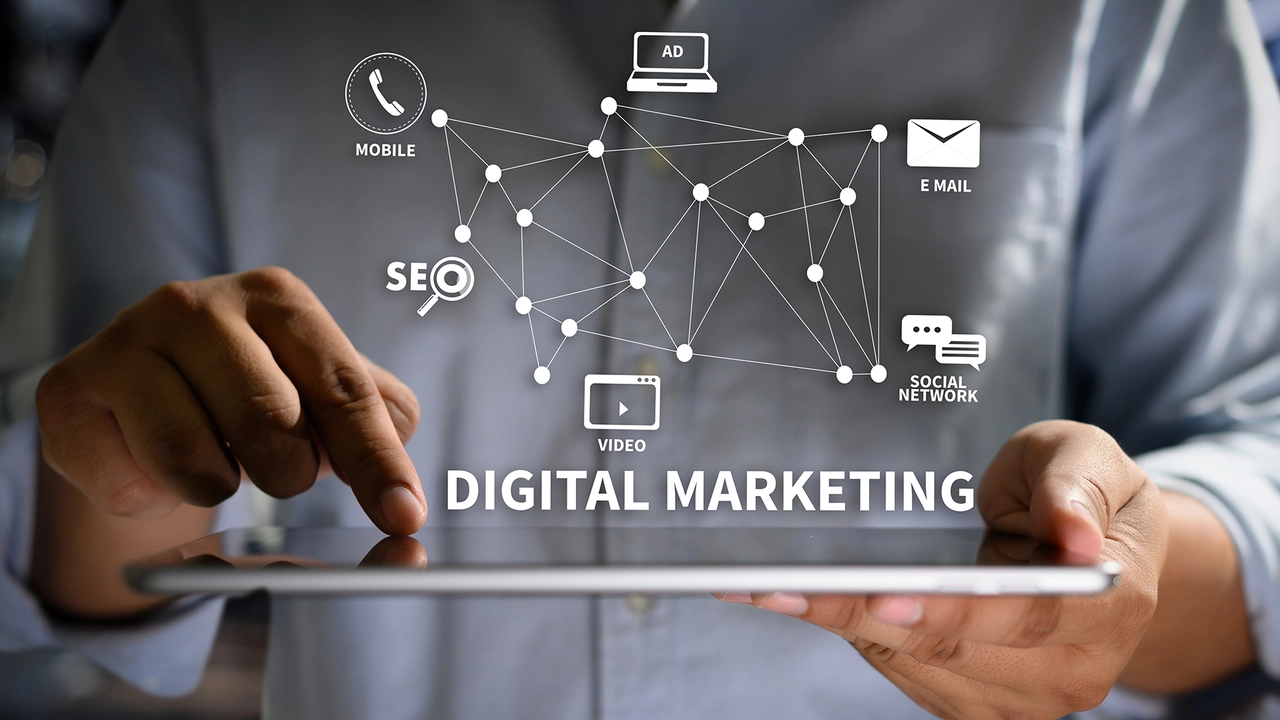Digital Advertising: What It Is and How It Works
Ever wonder why you see ads that seem to read your mind? That’s digital advertising at play – businesses using the internet to show you the right message at the right time. It’s not magic, just data, targeting tools, and a bit of creativity. In this guide we’ll break down the basics, share a few tricks that actually work, and point out the trends you should keep an eye on.
Why Digital Advertising Rocks
First off, digital ads are cheap compared to TV or print. You can start with a few dollars and still reach thousands of people. The real power is in measurement – every click, view, and conversion is recorded, so you know exactly what’s paying off.
Pay‑per‑click (PPC) is the most common model. You set a budget, decide how much you’ll pay for each click, and the platform (Google, Facebook, etc.) shows your ad to people searching for related terms. If the ad is relevant, the cost per click usually stays low because the system rewards quality.
Banner ads are another staple. They look like regular images on a webpage but link back to your site. You can outsource design on sites like Upwork or Fiverr, or use agencies that specialize in quick turnaround. A clean, eye‑catching banner paired with a clear call‑to‑action can drive traffic without breaking the bank.
Simple Ways to Start Your Own Campaign
1. Pick a goal. Do you want more website visitors, newsletter sign‑ups, or sales? Your goal decides the ad format and platform.
2. Choose the right audience. Use demographic filters (age, location, interests) to narrow down who sees your ad. The tighter the targeting, the better the results.
3. Write a clear message. Your headline should state a benefit – "Get 20% Off Your First Order" works better than "Welcome to Our Store." Keep the copy short, lively, and focused on the reader.
4. Design a visual that pops. Stick to a single color scheme, use a bold image or graphic, and place a button that tells users what to do next.
5. Set a budget and test. Start with a modest daily spend, run the ad for a week, then check metrics like click‑through rate (CTR) and cost per acquisition (CPA). Tweak the headline or image and run another test – the cycle repeats until you find the sweet spot.
Remember to link your ads to a landing page that matches the ad’s promise. If your ad promises a discount, the landing page should show that discount right away, not a generic homepage.
Keeping an eye on trends can give you an edge. AI‑driven ad tools now draft copy, pick images, and even adjust bids in real time. Video ads are climbing fast, especially short clips on TikTok and Instagram Reels. If you can create a 15‑second video that entertains or solves a problem, you’ll tap into a huge, engaged audience.
Finally, don’t forget to track everything. Use Google Analytics or the platform’s built‑in reporting to see which ads bring the most conversions. Cut the underperformers, double down on the winners, and your digital advertising budget will stretch further than you imagined.
Digital advertising doesn’t have to be a mystery. Start small, stay data‑driven, and keep testing. In no time you’ll see real traffic, leads, and sales flowing in – all from the power of the internet.
What are internet marketing trends?
Internet marketing trends are constantly evolving as technology advances and consumer behaviors shift. Currently, some key trends include the increasing importance of personalized content, the rise of social media marketing, and the growing emphasis on data analysis to tailor marketing strategies. Additionally, video marketing and mobile marketing are becoming more crucial given our love for visual content and the widespread use of smartphones. As a blogger, keeping an eye on these trends is vital to stay relevant and keep my audience engaged. It's an exciting time to be involved in digital marketing, as the potential for creativity and innovation is truly limitless.
Details +